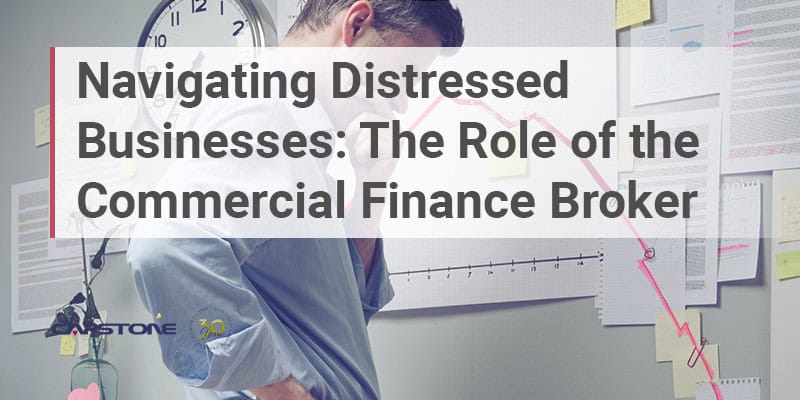Businesses, large and small, will face cash flow problems at one point or another within their supply chains. Sufficient financing options for these businesses are increasingly difficult to come by as supply chains continue to become increasingly complex and evolve in the wake of tighter lending practices, high interest rates, and a volatile economy. One financial solution that can help businesses is known as “reverse factoring.”
Reverse Factoring Explained
Reverse factoring is a form of supply chain financing that improves the cash flows of both buyers and suppliers by using a financial intermediary, typically a bank or other third-party funding source (the “funding source”). The buyer arranges with the funding source to provide invoice factoring services for its supplying party so they may obtain funding on orders shipped or projects that have been completed.
Just as with a traditional invoice factoring facility, the three parties involved with the reverse factoring transaction are the buyer (the customer or account debtor), the supplier, and the funding source.
The buyer recognizes a need for some of its suppliers to obtain early payment for their invoices prior to the invoice due date and may want to ensure that suppliers have sufficient working capital to fulfill their orders. As with any transaction, the length of time between the dates an invoice is issued and when it becomes due for payment can create financial difficulties and cash flow issues for a supplier waiting for payment.
With reverse factoring, a buyer has the ability to invite a supplier to participate in the supply chain finance program. The goal of this is to reduce the risk of supply chain disruptions, improve cash flow, and enhance its relationship with suppliers.
This enables the supplier to receive payment as soon as the invoice is approved and take advantage of the buyer’s financial strength and creditworthiness to obtain financing. The buyer is typically a larger and financially stronger company than many of its suppliers. The two most important factors to a supplier deciding to take advantage of a program like reverse factoring are the advance rate against the invoice value and the associated costs of capital.
The Reverse Factoring Process
Typically, the reverse factoring process involves the following steps:
- A buyer purchases goods or services from a supplier on account.
- Suppliers who opt to participate in a program send their invoices to the buyer when the product is shipped or a project is completed and are then able to request payment early from the funding source on the invoices.
- The buyer approves the supplier’s invoice and sends it to the funding source for payment.
- The supplier can request early payment for the invoice from the funding source. The factoring facility is discretionary.
- The funding source pays the supplier for the invoice amount less a discount.
- The buyer then remits funds to the funding source upon the invoice maturity date, and the transaction is completed.
Reverse factoring helps the supply chain run smoothly and enables businesses to offer early payments to their suppliers on approved invoices through a “quick pay” option.
Benefits to the Suppliers
Reverse factoring benefits suppliers in several ways, including:
- Accelerated cash flow: Suppliers receive payments faster which leads to enhanced cash flow management and an overall improvement of the financial health for the business. The increased cash flow is available to pay employees and operating expenses and purchase materials and supplies to fulfill orders.
- More favorable terms and cheaper financing: The supplier is typically able to obtain better terms than they normally would be able to obtain if negotiating directly with a funding source. The terms are based on the financial strength of the buyer, which is usually stronger than the credit profile of its suppliers.
- Reduced overhead costs: Suppliers using reverse factoring don’t have to spend time and money on credit and collection activities or worry about managing cash flow until invoices are paid.
- Enabled growth: Suppliers receive payment early so they can fund growth or their next business opportunity. Cash flows stabilize, and they have increased flexibility with business funding options to fuel growth opportunities.
- Reduced risk of nonpayment: Getting payment on an invoice is rarely an issue since the invoice is approved early for payment by the buyer and is essentially a verified invoice. As long as the buyer is credit worthy, there is hardly ever a problem. Suppliers will have the ability to do business with a wider range of businesses, knowing they’ll get paid.
Benefits to the Buyers
With reverse factoring, buyers don’t have to be concerned about the possible need to provide order deposits or make early payments to suppliers with cash flow problems. Instead, buyers can use their working capital resources to improve operations and conserve available credit facilities for unforeseen cash needs.
Buyers that participate in reverse factoring programs build a closer relationship with their suppliers by integrating them further with their operations. Buyers earn supplier support by providing an option for financing with terms more favorable than they could obtain themselves. They are more likely to receive better terms from suppliers and cooperation on quality and delivery requirements.
Providing reverse factoring to suppliers strengthens supply chains and reduces buyer working capital requirements. It enables buyers to focus on plans to build and grow their businesses. It also allows credit worthy buyer to defer their payments and makes extending payment terms easier. Reverse factoring lowers costs and is beneficial for both the supplier and the buyer due to a reduction in extended payment cycles and optimization of working capital cycles.
Manufacturers, construction contractors, distributors, and other businesses all have suppliers and subcontractors and can benefit tremendously from supply chain finance. Businesses that leverage reverse factoring programs can lower expenses, gain access to new markets, improve business cash flow, and strengthen supply chains.
Capstone’s Broker Resources
Capstone works with financial brokers, business consultants, and ISOs to develop new business opportunities and provides a range of informational resources to help grow your business volume. Now is a great opportunity to partner with Capstone. For more information on developing broker business opportunities, visit our broker resources.






